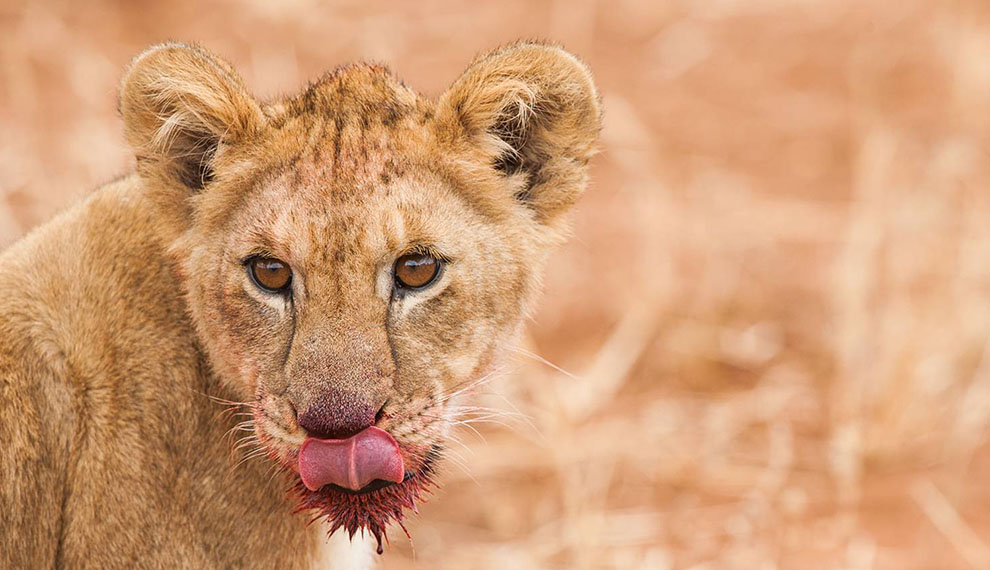Observing incredible wildlife in their natural habitat on safari is un-forgettable and the first encounter is always a special, spine tingling experience. Here is the pick of wildlife safaris for 2020:
1. THE SERENGETI & WILDEBEEST MIGRATION
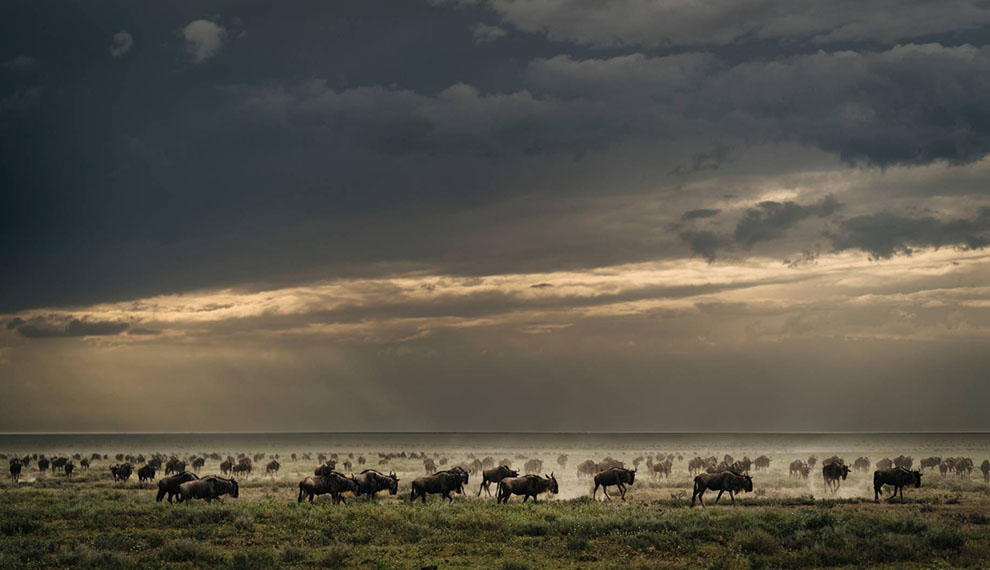
The Serengeti – Each year millions of wildebeest, zebra and gazelles take their annual migration from the short grass plains of the Southern Serengeti to the lush grasslands on the banks of the Mara River. Even if you exclude the wildebeest migration, the animal life and big game in the Serengeti simply defies belief.
Roughly a million wildebeest gather on the short grass plains to give birth in February –extraordinarily all 400,000 calves are born within the space of weeks with the plains becoming home to many wobbly legged infants. A sight enjoyed not only by safari-goers but also numerous predators that stalk and follow the migrating herds; leopard, lion, cheetahs and hyenas. In the dry season between July and October, the herds face their most dramatic challenge as they cross the swollen Mara and Grumeti Rivers home to many fearsome crocodiles – expect scenes fit for any David Attenborough documentary right in front of you.
2. UGANDA WITH GREAT APES AND SENSATIONAL BIG GAME
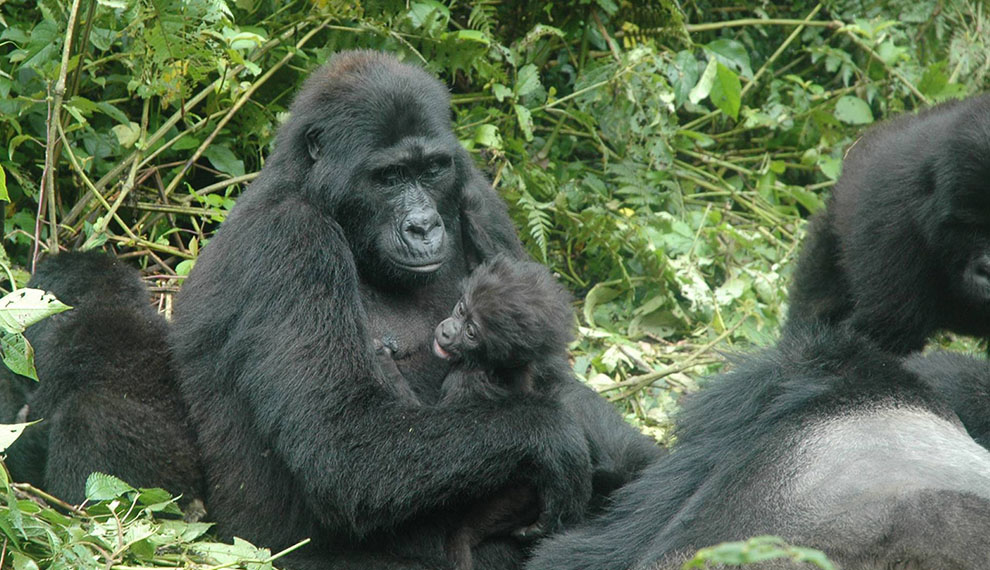
Uganda, where the East African savannah runs into Central African Rainforest, generating astounding diversity and bringing together truly memorable great ape experiences and authentic safari – the only country where this possible under one roof.
Uganda’s mountain gorillas live high in the mountains of the Bwindi Impenetrable Forest National Park. This park holds approximately 300 mountain gorilla; a third of the surviving global population and several habituated families in the park can be visited in well-organised, small trekking parties.
Uganda also has a premier chimpanzee-tracking destination in the Kibale Forest; dominated by rainforest, interspersed with grasslands and swamps this destination is a primate hotspot with 13 recorded species from Chimps to Red Colobus.
For an authentic big-game safari within only hours of the great apes, head to Semliki where you’ll find the famous fig-tree climbing lions, elephants, buffalo, leopards and for bird lovers, an astonishing 547 bird species.
3. SVALBARD AND THE KING OF THE ARCTIC
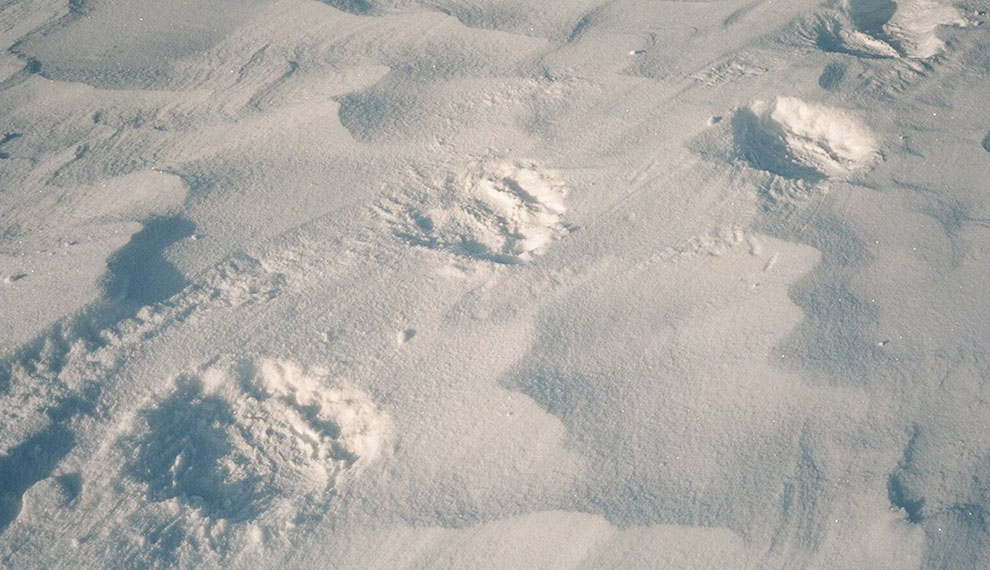
With the largest density of resident polar bears in Europe, Svalbard is the place for a stellar polar bear experience. The first impression of Svalbard is one you will never forget with crisp white mountains emerging from the deep Prussian Blue of the Arctic Ocean. This is intense wilderness that will take you out of your comfort zone to explore the wonderful territories 80 degrees north.
Travelling in search of the enormous polar bear will take you into deep into hostile wilderness but you’ll do it in safety and style with expert polar guides at the very top of their game. Our team have guided the likes of Blue Planet and National Geographic in these very locations.
In winter/ spring – between February and May take a private expedition camp with fully heated tents and expedition chef to the East Coast of Svalbard and the sea ice of the Barents Sea. By summer, travel by private ice-rated expedition vessel to the north of the archipelago.
Svalbard and the Barents Sea are home to thousands of polar bears so you have a good chance of seeing them in their natural habitat – we take a respectful and calm approach to witnessing this majestic predator from a safe distance. Travelling gently through this extreme wilderness many miles from the nearest civilisation is a wonderful experience.
4. KENYA – SAFARI GIANT WITH UNBEATABLE GAME
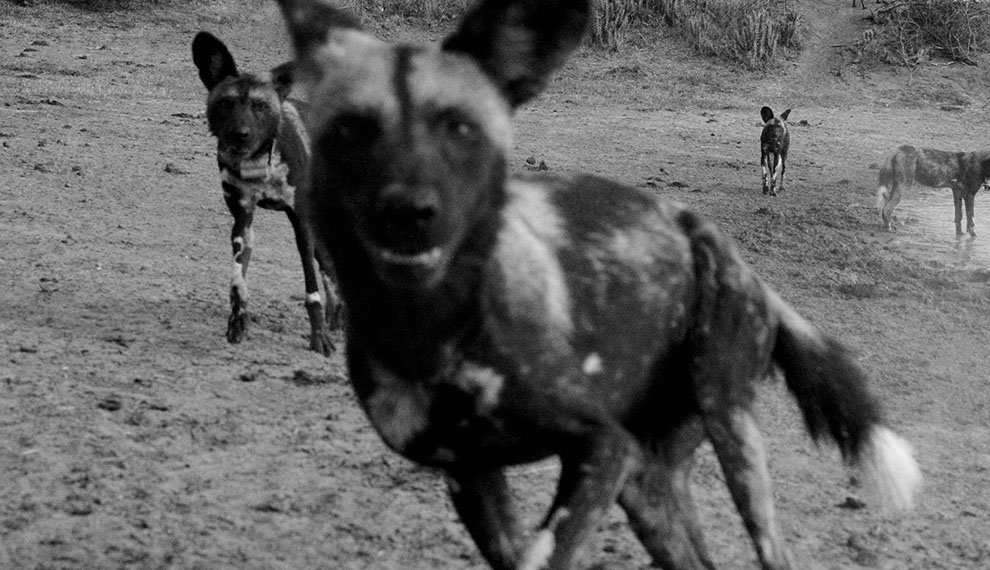
As a showcase for African mammals Kenya is incredibly hard to beat, everything from aardwolf to zorilla (sic) can be found here. An astounding twenty-six species of antelope, from hulking eland to diminutive dikdik; fifteen predators including six cats – and probably the best chance of finding a pack of critically endangered Wild Dog on the continent.
Visit the Masai Mara – unequivocally Big Cat Country – enjoy the tremendous freedom of the Laikipia Plateau where normal rules don’t apply, or take a private expedition to one of the country’s lesser known gems such as Meru, Turkana or Lakes Baringo & Bogoria.
5. TIGERS IN THE JUNGLES OF INDIA
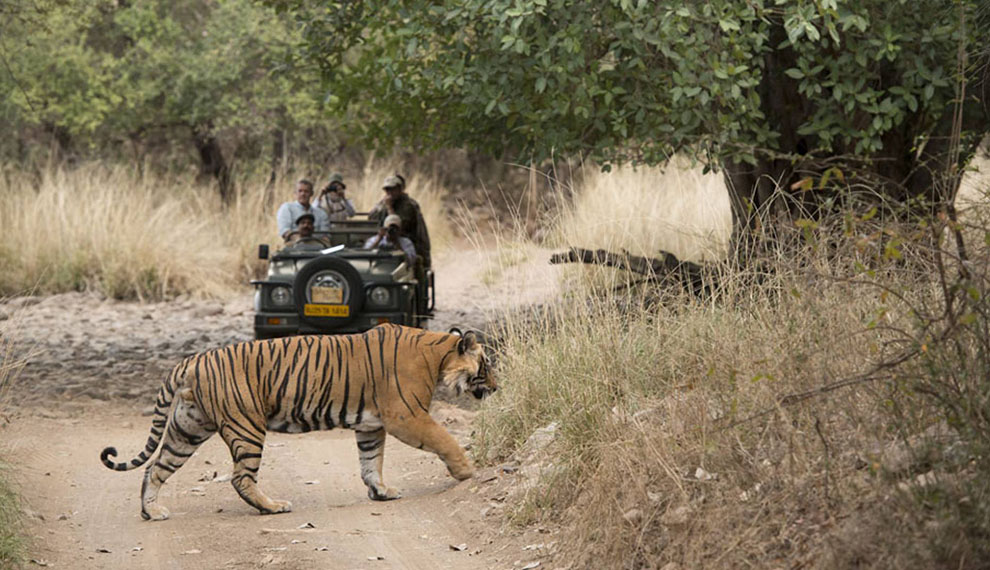
Wild and untamed, India’s jungles are the last remaining stronghold of the enigmatic tiger. Asia’s alpha predator lives and hunts alone and with its unique pattern of stripes blends effortlessly into the undergrowth; a good sighting is an intoxicating experience that will leave you wanting more.
Post monsoon, India’s national parks open in October for safaris made in highly manoeuverable open jeeps that scramble over rocky tracks, through dense vegetation and past striking specimen trees. By June the searing heat deters all but the most passionate of wildlife enthusiasts and the rains return and finally stop play.
Wrapped in blankets and armed with a hot flask of sweet milky chai to stave off the chill in the air, morning mists hang in anticipation and tension builds until the silence is shattered by the sound of sambar deer barking their alarm call in unison. The presence of a tiger is announced – but this time it remains hidden and the search continues.
Each park has its own beauty, character and balance of species and our approach is to get you to the right areas at the right time of year – and most importantly in India, with the right people who are dedicated to conservation and have a genuine enthusiasm for all India’s wildlife. Using expert local guides and staying at small owner run lodges and camps all our fellow travellers have spotted tiger; it’s an exhilarating and unforgettable experience.


